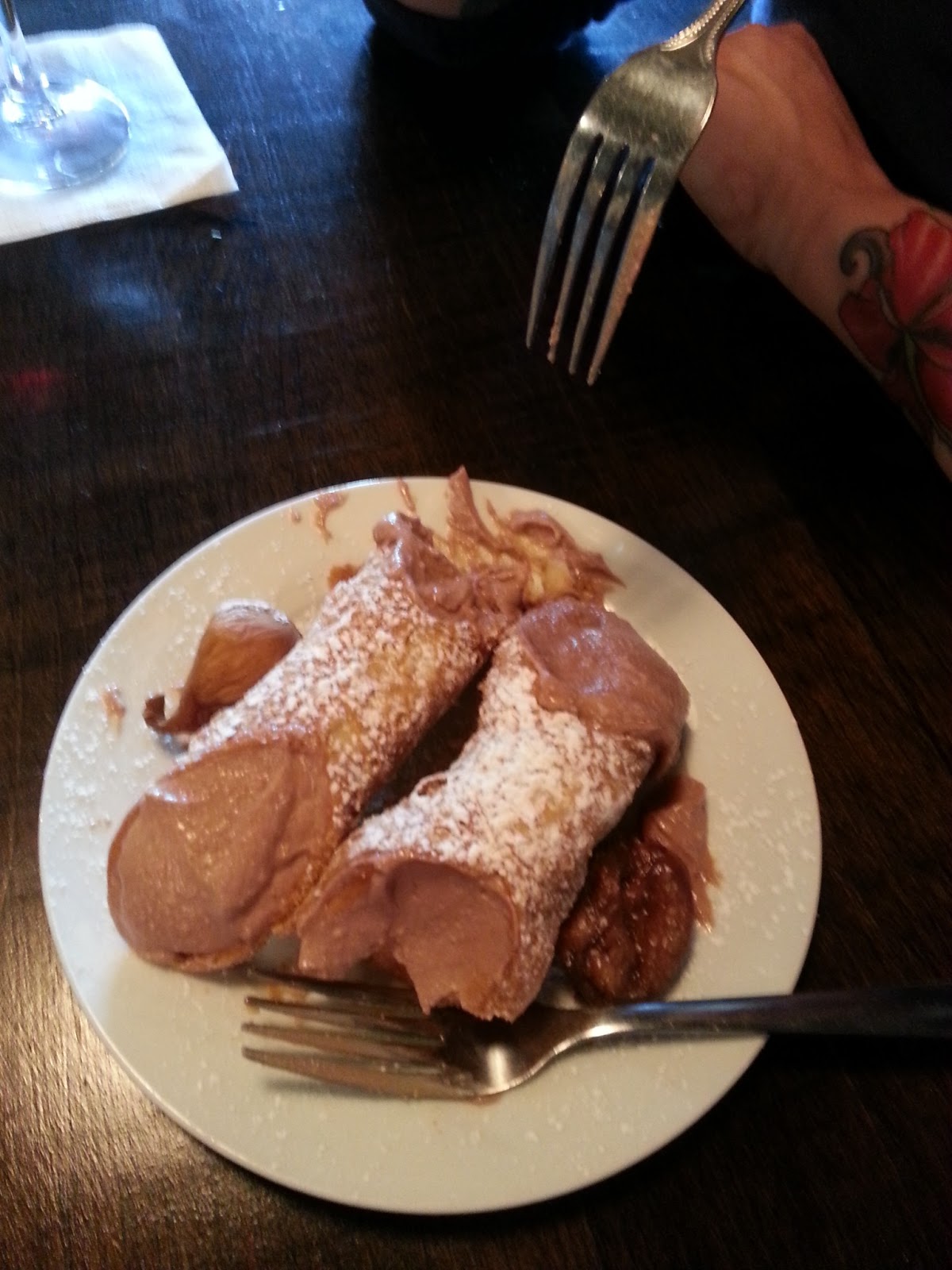I've been lying around in the background watching and listening to Ben and Ruth while they follow my scent trail around the US and Canada, seeking to discover the roots of MY music, the blues. They unexpectedly met me, as you may remember from a previous blog, leaving some small bones of inspiration, catching them in a small juke joint in Louisiana, where rock 'n' roll was being played.
Yes!...and it hasn't escaped me, being a French Bulldog, (everyone sees me as a red human with horns and a forked tail,... grunt... insulting) that Ben has been saying some pretty pesky things about the French, yahhhh, snort!, they're the French, whaddya expect...why do you think the blues and the offshoots of its litter is connected to me?!
Folks. People say that the Blues is my music because of the deal I made with Robert Johnson back at the Crossroads. Ben and Ruth heard the echos of the deal for fame and immortality traded for my trademark and recognition. Maybe... Some say that my music is just a metaphor for cheating in a relationship, a bad boss, or evil in the world...snarl...really? Charlie Patten did sing, "Devil Sent the Rain Blues," and Lonnie Johnson, "Devil's Got the Blues," Peetie Wheatstraw, "Devil's Son-in-Law," and of course Robert Johnson sang, "Cross Road Blues and Hell Hound On My Trail," and much more. I've really just been a comforting companion, trotting along near their feet to reflect their hearts' desires and emotions.
Some church folks have claimed that my music has influenced its members to stray from the flock, sanctified men and women leaving to follow my heartfelt howls. Others have blamed their sexual adventures, exploits, discomfort, guilt, and embarrassment on my influence. I'm just barking to make sure people are aware of their intentions and to keep the intrusion of confusing thoughts out...doin' my job, that's all.
People lead me on a metaphorical leash, laying blame for their deeds and misdeeds, but in fact I'm just the trickster, awakening options and experiences in life, allowing them to make the best choices to become complete people. Take it from me, folks, life is not all one-sided and what is one's tasty bone is another's dried tasteless white skeleton...Stop whining!
The blues emerged from the South where Ben and Ruth spent a lot of time digging into my roots and smelling the hardships and struggles that people experienced. This history is written in my music. The irony here is that while the blues is primarily associated to me, so have jazz and rock 'n' roll been! Does it seem strange that the sound reflecting the deepest emotion of humanity has my name attached?
I'm just a playful reminder that you like to play, people...and it can be fun!
The blues brings people in touch with themselves and their primal instincts, for which I am famed and blamed, but I'm just a dog, doin' what's natural. I can't help but bark about injustice and inequality, and my bite has helped many to wake up and change their world to better the pack.
Ben and Ruth stumbled upon me during their travels, listening to my music which resonates from and to the heart of humanity. They have traveled from deep in the South, meeting those displaced from their country and forced to find a new life in a greatly demanding and changing world. They have lived in the houses of those enslaved to enrich the lives of others, mistreated and considered inhuman...boy, I can relate to this!
They traveled the same roads where many walked for days, weeks, months, years to find comfort and sympathy. I've followed them from one-lane roads in the Bayou onto the busy, traffic-clogged streets of the inner cities, walking the sidewalks that great songwriters traveled in sole-less shoes and penny-less pockets. I've crossed rivers with them and stood at the crossroads to remind them of the place where conscience and consciousness resides. I've made sudden stops and U-turns on deserted country roads to discover remnant World War II German prisoner-of-war camps, listened while the echos of long dead barely remembered musical strains passed into time.
My music remains a constant reminder of vigilance, to be always alert to one's senses, to the hearts and minds of those crying out to be heard. I gotta say, friends, as man's best friend, despite my reputation, this has been and will be a great journey...have to take a walk now...down that long highway...see you there...























